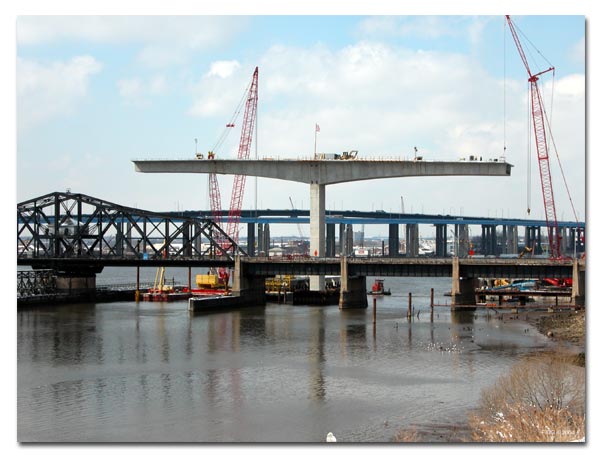

German units within the Kuban bridgehead received by air a daily ration of 500 tons of ammunition, food, fuel and other supplies, which would have been enough to keep 6th Army in Stalingrad operational. In February 1943, the Germans evacuated 50,000 men by air from the northwestern Caucasus to the Crimea and Ukraine. The Kuban Airlift from February–March 1943 was much more successful as the German air units in the Taman peninsula had access to established airfields with good supply and maintenance facilities, the weather was more favorable and Soviet opposition was much weaker than at Stalingrad. However, the Luftwaffe was never able to send in the necessary 800 tons of supplies per day. As Demyansk turned into a German victory with the success of the bridge, Hermann Göring convinced Hitler a similar method could be used to supply the Sixth Army at Stalingrad. An airlift over an airbridge can also be used when the most convenient means of transport is by air, or as an additional supplement to other forms of transport.ĭuring the Second World War, the Germans used air bridges on three major occasions: the Demyansk Pocket, the Battle of Stalingrad and the Kuban bridgehead.

Īn airbridge is the means by which an airhead is kept supplied by flying over enemy held territory. For other uses, see Airbridge.Īn airbridge is the route and means of delivering material from one place to another by an airlift. This article is about logistics operation.


 0 kommentar(er)
0 kommentar(er)
